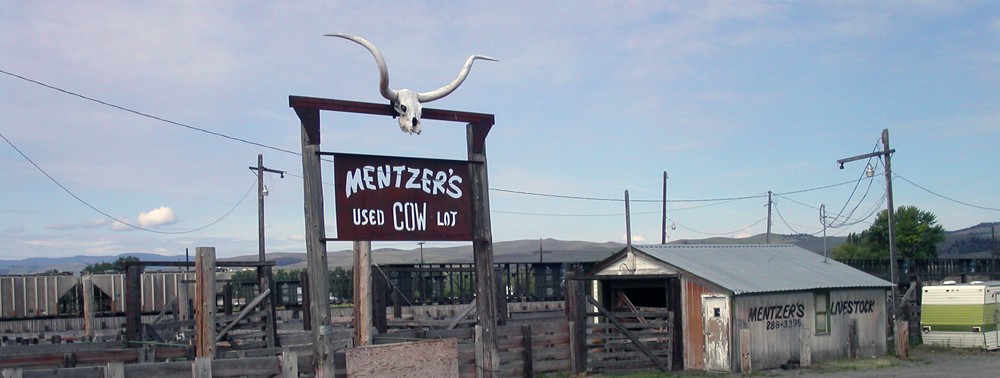In 2019 I began teaching a seminar on ethnography and community engagement for historic preservation in Goucher College’s graduate historic preservation program. Goucher’s summer residency program has a tradition: field trips to Baltimore area historic sites and museums. I took my inaugural class to Baltimore’s Otterbein neighborhood. That had been my plan for 2020 and then the pandemic hit. All bets were off: Goucher’s classes moved online to Zoom and my students wouldn’t be traveling to Baltimore from New Mexico, Maine, and elsewhere. The only way I was going to have a field trip was if I did something virtually. Otterbein was my first choice as a “destination.”

Baltimore resident tells Goucher students about her neighborhood’s history, July 2019.
By June I was already reaching out to Baltimore colleagues to help assemble video footage and photos to fill in my Otterbein gaps. I would try to recreate the 2019 field trip in which we walked through the historic district and discussed issues of regulatory control over aesthetics, gentrification, affordable housing, and which histories are privileged in places we recognize as “historic.”

Homesteader Park, Otterbein neighborhood, Baltimore, 2015.
My virtual tour script was taking shape and I was just about to send emails with requests for specific video footage and photos when I got an email from a Decatur, Georgia, resident. He had seen social media posts about a virtual walking tour I had done for the 2020 National Council on Public History’s March conference that had moved online.

Atlanta Daily World urban homesteading ad. June 10, 1979.
After a few email exchanges and Zoom chats, we moved forward with a plan to revive the NCPH virtual tour for my class and for Decatur residents. It was going to be a remote community engagement exercise that brought my graduate students into the same virtual space and Zoom grid as more than 30 Decatur residents interested in learning about the city’s erased Black history sites.
In a way, it was a perfect idea. My interest in in Baltimore’s Otterbein neighborhood originated in my Decatur research. The first Decatur teardown that I documented in October 2011 belonged to an urban homesteader. Urban homesteading was an innovative affordable housing program introduced in the early 1970s and Decatur was one of 21 pilot cities [PDF] for the federal program. Baltimore also was one of the earliest urban homesteading cities.
My article about the Decatur virtual tour appears in History@Work post, “A Virtual Walking Tour in Decatur, Georgia: Linking Race, History, Community.”
© 2020 D.S. Rotenstein


